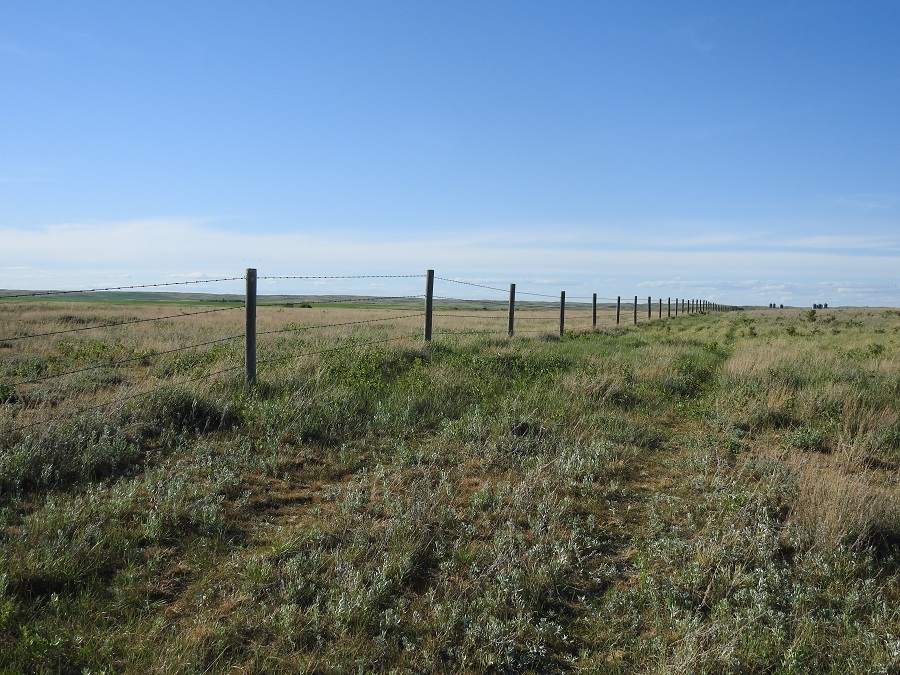While Lloydminster and area are reporting adequate conditions as of June 21, areas around Kindersley and Rosetown are showing very short to short on hay and pasture topsoil moisture. Cumulative Rainfall for the Lloydminster area for the period April 1 to June 21 is upwards of 75 millimetres.
The details in the Crop Report for June 15-21, show the north east and east central regions of Saskatchewan having the most rain, with the highest amount in the Spruce Home and Rhein areas at 32 mm. The Barthel area got 21 mm, the Turtleford and Meadow Lake regions saw 14 mm and Melfort reported 10 mm. Farmers still need more rain, especially in the southern and west central regions of the province, where it is needed to sustain crop and pasture growth.
Topsoil moisture across the province is low due to high temperatures and winds. There were small reports of rain in the province with very few areas receiving enough to alleviate the stress caused by extremely dry conditions. Many areas around Leader, Outlook and Swift Current are showing short hay and pasture topsoil moisture conditions.
Overall, moisture levels on crop as well as hay and pasture land have fallen, especially in areas that are behind on rain this week.
Cropland topsoil moisture is rated as two per cent surplus, 56 per cent adequate, 36 per cent short and six per cent very short. Hay and pasture land topsoil moisture is rated as zero per cent surplus, 45 per cent adequate, 42 per cent short and 13 per cent very short.
Crop development is normal for this time of year in most areas. Oilseed crops are behind other crops. Provincially, 62 per cent of fall cereals, 81 per cent of spring cereals, 70 per cent of oilseed crops and 81 per cent of pulse crops are at a normal stage of development.
Producers say dry conditions and cool temperatures have greatly slowed hay and pasture growth, with some concerned about their ability to support cattle throughout the summer without more rain.
Dry topsoil moisture conditions have resulted in delayed emergence and development of later and smaller seeded crops. There have been reports of flea beetle damage in most regions, affecting canola development for some.
Farmers continue with spraying, scouting fields and performing other farm tasks. There have been isolated reports of frost, mainly in the central and northern regions; damage is not yet known, but the crop of most concern is canola.
There have also been reports of damage from flea beetle, cutworms, gophers and root rot diseases.
The complete Crop Report is available online.


